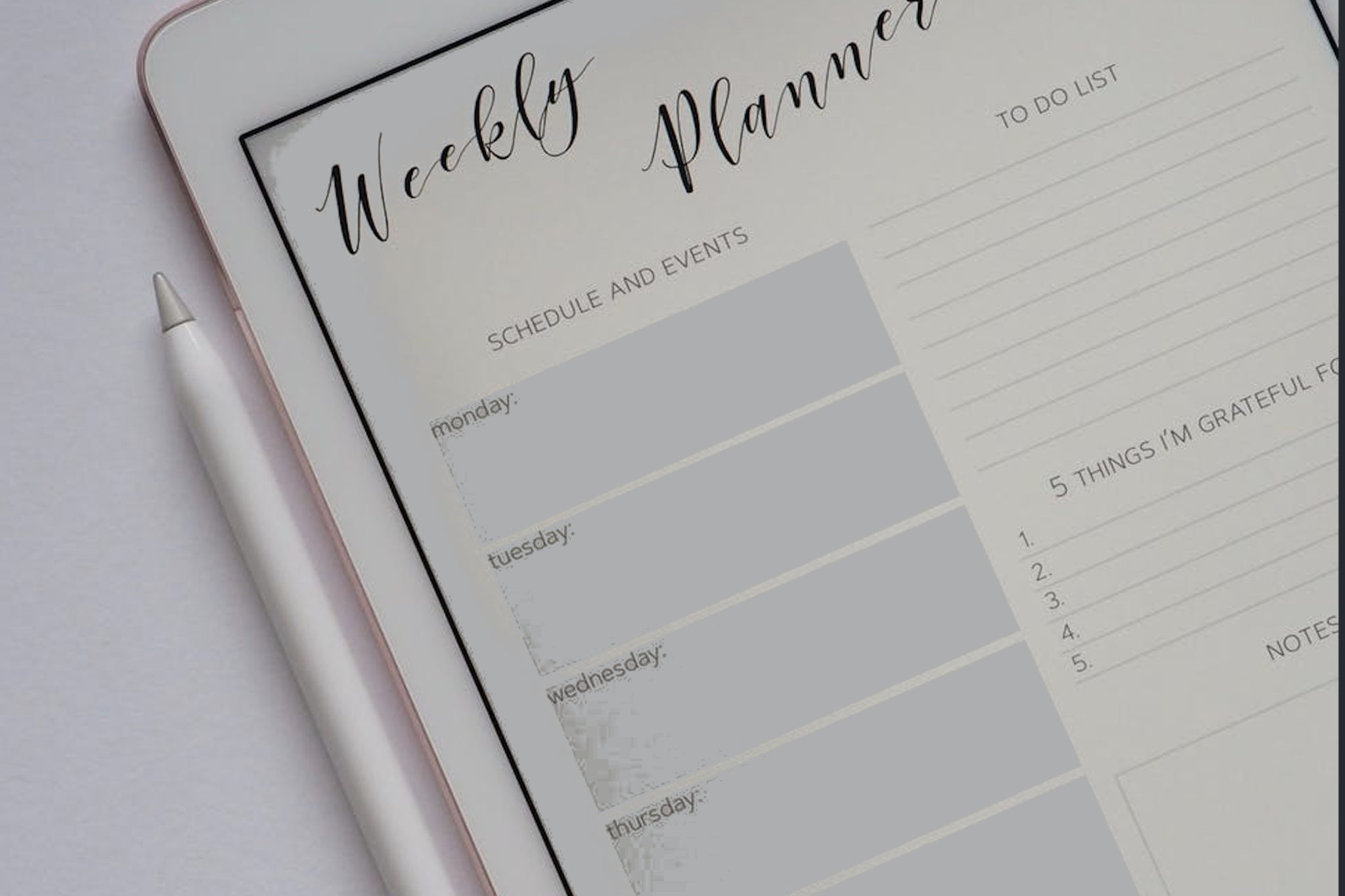November 23, 2020
Good morning! This is the week of the Feast of Thanksgiving in the United States — NOT in Canada, Honduras, India, nor in other countries. It will look, feel, taste, sound, and smell much much different this year. News flash: Thanksgiving is not about the food — well, mostly it’s not about the food. I don’t even think I will opine about it. How about we spend some time watching babies drool and puppies frolick?
- How about we have a mint julep?
- I’ve no idea why, but the mint is growing luscious, green, and healthy right out the front door — as if it were April.
- I just watched an advertisement for Medicare featuring Dorothy Hamill — Dorothy Hamill… tell me it’s not true.
- This just in from a faithful reader, Brian, who responded to last week’s brief lesson on conservatism, courtesy of The Economist.
- Brian dug this out of his 40-years-ago archive:
- “The good conservative loves the good old and hates the bad new.
- The bad conservative loves the bad old and hates the good new.
- The good liberal loves the good new and hates the bad old.
- And the bad liberal loves the bad new and hates the good old.
- It is (wrong) either to be simply a conservative or simply a liberal.” (Lane)
- Brian dug this out of his 40-years-ago archive:
- This week for some features just three days of work, and so perhaps the following from the UK’s Henley’s Business School is timely.
- If you don’t have time, just read the bold words… do your own editing… refer back later.
The Four Day Work Week
The idea of the four-day work weekwas gathering steam even before the crisis—espoused in political manifestos and championed by an increasing number of companies, who say it doesn’t just improve work-life balance: it results in better work, as well as a better life. Now it has gained new currency as the pandemic has upset business norms and opened minds to new ways of working. Employees have proven to be more productive while working from home, but many of them say they are working longer hours. Concerns about burnout have become more common. New ideas are needed.
- A four-day week, paying five-day salaries, can be a sound business move. Surveys of four-day businesses attest to significant improvements in wellbeing, engagement and retention, with reductions in burnout and fewer sick days. Staff claim to be better able to get their work done, despite fewer working hours, thanks to a more focused working day and more time off to recharge. Studies have found that output typically ends up about the same after switching from five days to four.
- It’s not just a gimmick for creative agencies, software companies and lifestyle brands. Alex Soojung-Kim Pang, a consultant and author, found hundreds of companies successfully working shorter weeks while researching his book on the subject, Shorter, including restaurants, nursing homes, manufacturing plants and car-repair centres. Most are relatively small—but not exclusively. Microsoft and Shake Shack are among those who have trialled or implemented four-day weeks in parts of their business in the past year.
So is it right for your company? We spoke to companies that have successfully implemented it, as well as consultants and academics. They universally sang its praises, but stressed that the four-day week is not for every company or every employee. Nor is it an easy transition to make. Cutting out a day’s work requires redesigning jobs and management structures, recalibrating incentives and nurturing a new culture. But with working practices in flux now anyway, this is an opportunity for change. Here is their advice:
- Learn by doing, through trials and experiments. Open-minded tests of four-day working are critical to root out problems and get buy-in across the organisation. Do you want Fridays off for everyone, or reduced hours across the week? Should all staff stick to the same schedule for the working day? Who picks up the phone on Fridays? “Feel your way forward,” says Warren Hutchinson, founder at ELSE, a London-based design agency that implemented a four-day week two years ago. It began with a three-month experiment, before tweaking the formula and extending it across the business. “After about six months we pretty much found the rhythm we’re in now,” he says. Engage employees in designing new working routines, because they know how they get their work done better than you do. “It’s driven at the top, but it happens from below,” says Mr Pang.
- Re-evaluate working practices to clear schedules. You’ll need to design a tighter, more structured working day with fewer interruptions to allow people to get serious work done. “Everyone should focus more on their work in the reduced hours,” says Kim Bong-jin, CEO of Woowa Brothers, a Korean food-delivery unicorn that has successfully implemented a shorter work-week in one of the world’s most workaholic countries. “A shorter workweek does not mean that the amount of work is reduced.” Start by shortening or eliminating meetings. Turn that hour-long weekly all-hands into a 10-minute standup. Set strict criteria for other meetings. “Constantly ask: is this a good use of our time?” suggests Mr Hutchinson. For its trial of four-day working in 2019, Microsoft Japan cut the number of meetings and encouraged use of online collaboration tools. It reported a 40% increase in productivity.
- Introduce ways to wall-off time for deep work. This can be done by imposing a schedule across the whole firm—make mornings for individual, focused work, for instance—or by letting people work how they want, when they want, but with rules and norms to protect people’s time when they are immersed in their work. Status messages on Slack and shared calendars can be used to ward off interruptions. At ELSE’s offices, a 20-minute hourglass timer on the desk provides a physical cue. “If it’s inverted, it’s a signal to everyone to leave you alone and not break your flow,” says Mr Hutchinson, who notes that “quick questions” are the scourge of productivity. “Most things can wait 20 minutes.”
But switching to a four-day week involves more than just changing processes. It also requires careful communication and support, both internal and external.
- Provide support during the change. A shorter workweek is more disciplined, which is daunting for some employees: a baggy, five-day week, rich with procrastination, aimless meetings and water-cooler moments, is more comfortable. The idea of being asked to do five days’ worth of work in four can cause stress—many people will say they struggle to get their work done by the weekend as it is. Some employees will need help with prioritisation and forging new habits, individually and as collaborative teams, says Mr Pang. “You’ve got to support people’s adaptation.” Frequent surveys and training are key to success, he says.
- Don’t talk about “efficiency”. Yes, the four-day week is about removing the fat of a typical working week in a fair exchange for an extra day off. But the way you communicate with your employees is important: talking about “efficiency gains” may be counterproductive and may demotivate people. “I was very keen to avoid words like ‘efficiency’,” says Mr Hutchinson. “It’s about a better engagement with work, and better rest. You have to be careful not to make it an inhuman place to work where you can’t talk to people, have fun and build rapport with colleagues. You don’t want it to sound to the team like you’re trying to juice them.”
- Manage the impact on customers. Ensuring continued availability to customers is the biggest barrier to implementation for small businesses, says Karen Jansen of the Henley Business School. “Small businesses, and those who get paid for client contact rather than output, may find this more challenging,” she says. One solution is to allocate different days off to different staff, staggering working days to ensure someone is always available, says Mr Pang. Most clients are understanding. At ELSE, clients weren’t told about the company’s initial four-day-week experiment—and couldn’t tell the difference.
The flipside of greater focus at work is the need to let people fully disconnect when they are not working. More intentional and focused work can only be sustained for a shorter period, and prolonged rest is key to the improvements in engagement, creativity and innovation that successful four-day firms report. That means both employer and employee must treat the extra day off as a proper day off. “The reality is that in order to make this work, you need a strong culture and a degree of collective action,” says Mr Pang. Making the switch is not easy. But this is an ideal time to give a four-day week a try.
Dig deeper: Henley Business School’s white paper, “Four Better or Four Worse?”, summarises its research on the impacts and benefits of a four-day week.







